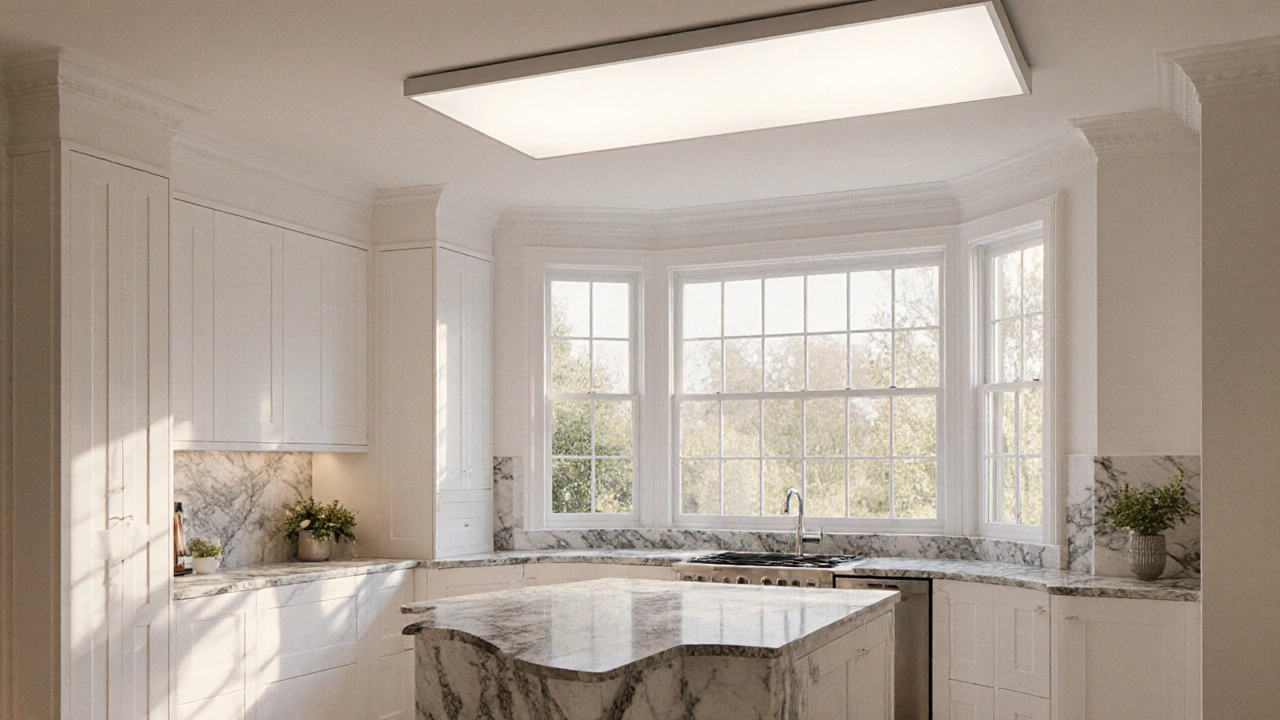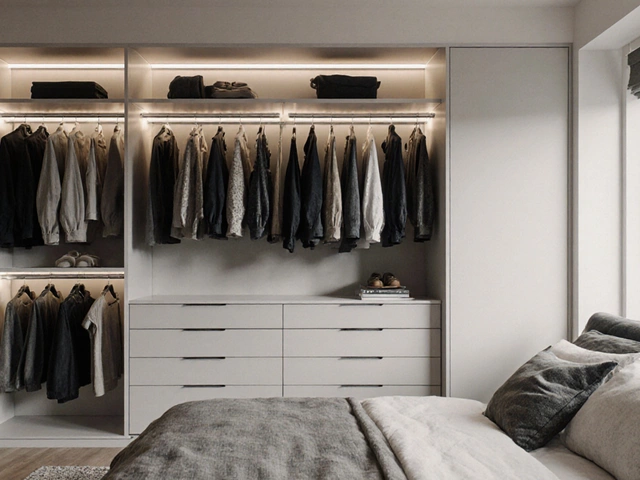Natural Light Lighting: Bright Ideas for Every Home
When working with natural light lighting, the practice of using sunlight to illuminate interior spaces. Also known as daylight design, it creates a feeling of openness, reduces energy use, and highlights furniture details. Pairing it with the right window treatments, such as blinds, shades, or smart films that manage glare and privacy makes the light work for you instead of against you. Likewise, selecting the proper curtains, fabric panels that can filter, diffuse, or block sunlight while adding texture adds a decorative layer without sacrificing brightness. In practice, natural light lighting is a cornerstone of interior design, the art of arranging space, color, and furnishings to create a cohesive look. Every modern home renovation project can benefit from these connections: the more daylight you invite, the more you can showcase architectural features, artwork, and furniture. Below we’ll walk through the main ways you can harness sunlight, the tools you’ll need, and the common pitfalls to avoid.
Key Elements to Maximize Natural Light
First, look at the size and placement of your windows. Large, unobstructed panes let in the most light, but they also need thoughtful window treatments, because uncontrolled glare can damage eyes and fade fabrics. Light‑filtering shades are perfect for kitchens and workspaces where you need illumination without harsh shadows. For living rooms, consider sheer curtains that blur the view just enough to soften direct sun while keeping the room airy. The choice of colour matters too—light‑neutral shades on walls and ceilings reflect more light, creating a bounce‑back effect that amplifies daylight.
Second, think about how furniture placement influences light flow. Low‑profile pieces near windows allow sunlight to travel deeper into the room. Mirrors positioned opposite windows double the impact of daylight by reflecting it across walls. This strategy is especially useful in narrow hallways or small bathrooms where artificial lighting alone feels cramped. When you incorporate curtains, choose fabrics with a slight sheen or subtle patterns that can catch and scatter light, you get a dual benefit of style and brightness.
Third, add architectural features that guide light. Skylights, transom windows, and glass doors are natural extensions of the daylight system. They work best when paired with adjustable treatments—like motorized blinds—that let you dim the room at sunset or on hot summer afternoons. If you’re planning a major remodel, integrate light‑controlled glass that automatically tint based on the sun’s intensity. This technology reduces reliance on HVAC systems and keeps interiors comfortable year‑round.
Finally, maintain a balance between light and privacy. A common mistake is installing floor‑to‑ceiling glass without considering who can see inside. Solutions include using frosted film on lower sections of the pane or layering a sheer curtain with a heavier blackout option for evening privacy. These layered approaches let you transition smoothly from a bright daytime setting to a cozy night‑time ambiance.
By understanding the relationship between natural light lighting, window treatments, curtains, and interior design, you’ll be equipped to make informed choices that enhance any renovation. The articles below dive deeper into specific projects—whether you’re revamping a table, decluttering a space, or choosing the perfect curtain colour for 2024. Explore the collection to find actionable tips, step‑by‑step guides, and fresh ideas that will help you bring more daylight into your home.
Best Lights That Mimic Natural Sunlight - 2025 Guide
Discover the lighting types that most closely replicate natural sunlight, learn key specs like CRI and Kelvin, and get practical tips for choosing and installing daylight‑mimicking bulbs.
full article




